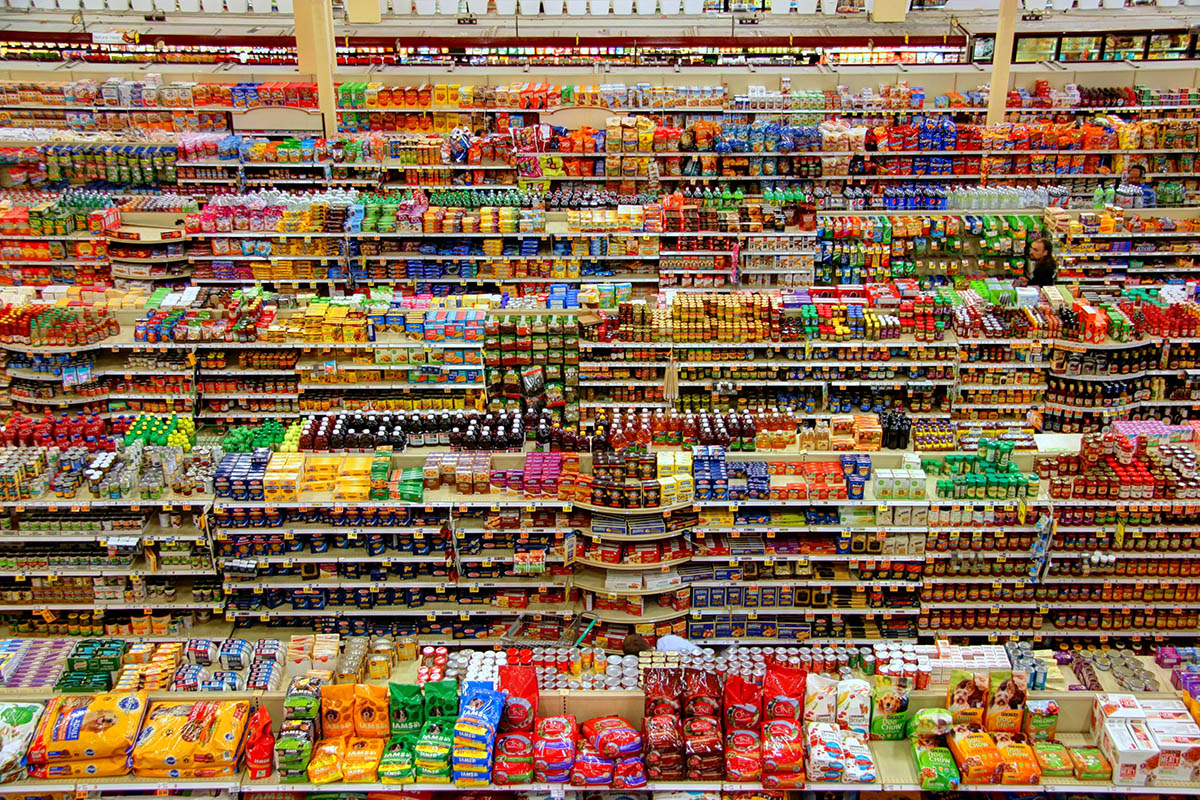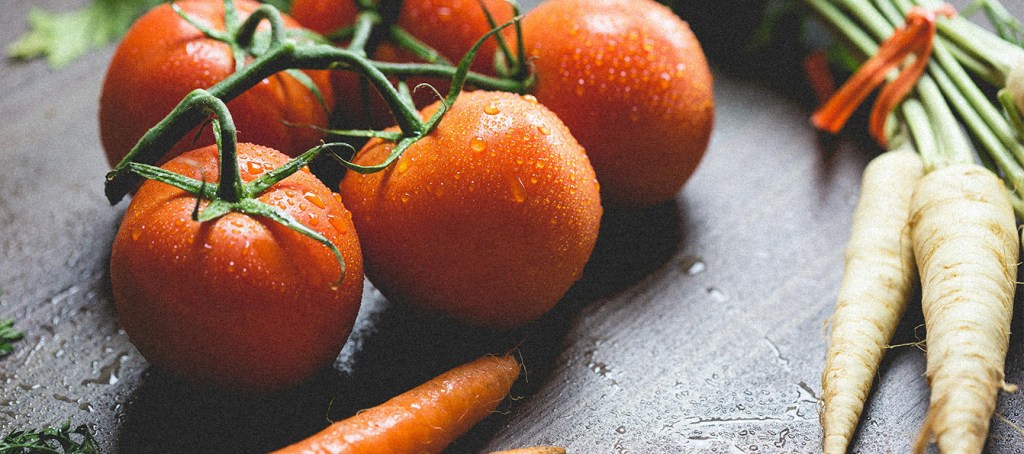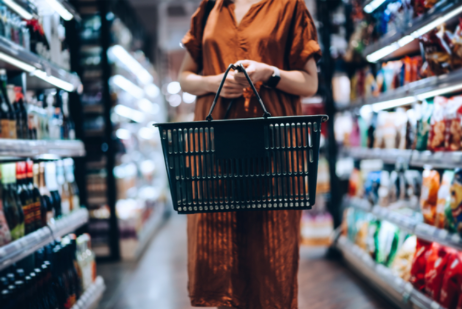5 Key Grocery Trends in 2025
In 2024, the CPG industry as a whole was trying to recover from the challenges of 2023, and grocery was no exception. At the forefront were increased prices due to rampant inflation. In 2023, the average unit price increased between 4-8%.1 In 2024, the average unit price only increased 1.7%.2 Though this is an improvement, consumers are still overwhelmed and trying to make their dollars go further to cover the basic necessities. Unfortunately, many grocery products just don’t make the cut when consumers need to decide between necessities and nice-to-haves. This means many grocery brands need to reevaluate their pricing and promotion strategies to better align with consumer needs and avoid getting left on the shelf.
With that in mind, here are 5 key grocery trends you need to be aware of in 2025 and beyond:
1. Private Label Continues to Grow
The global private label market is experiencing significant growth, fueled by shifting demographic trends and consumers’ increasing focus on value-driven shopping. According to NIQ’s Mid-Year Consumer Outlook: Guide to 2025 report, 50% of global respondents now report purchasing more private label products than ever before.3
This means grocery brands should make an effort to compete with private label growth. Some ways to compete include building brand loyalty, pursuing product innovation, and optimizing pricing and promotion strategies. Understanding why your consumers may be shifting their behaviors can help you react more effectively.
2. Sustainability Matters to Consumers
One thing is very clear: sustainability matters to the public. Almost all consumers (95%) say they are trying to take some action to live sustainably.4 The grocery vertical is no exception with, “free-from” and allergen claims becoming more popular on-shelf. With these intentions made clear, there is ample opportunity for grocery brands to align their product offerings and marketing to match this demand.
Yet, NIQ data shows that 26% of shoppers find it difficult to find sustainable products on the digital shelf.4 It’s clear that brands and retailers need to make it easier for shoppers to discover and purchase planet-friendly products. This requires making their sustainability attributes accessible on product pages and clear on packaging. Utilizing Better For Segmentation™ to more accurately target your consumers and maximize the impact of your product attributes can also help.

Mid-Year Consumer Outlook: Guide to 2025
Future-focused insights into consumer spending and growth opportunities.
3. Consumers are Trying to Save
Inflationary pressures coupled with increased housing costs (15%) and broader economic uncertainties are causing consumers to adjust their purchasing habits to navigate a financially challenging landscape.3 To better manage their budgets, consumers are adopting more deliberate and strategic shopping behaviors. Notably, 87% of shoppers have adjusted their habits, utilizing an average of 3.9 cost-saving strategies.3 These include shifting to value-focused retailers, opting for private-label products, taking advantage of promotions, and purchasing items in bulk.
To stay relevant with these shifting consumers, more premium grocery brands may need to do a better job of conveying the true value of their products and position them as purchases worth the extra expense. This may be due to the quality of the product, its innovative nature, or some other differentiator. The key to marketing your products to this segment is to understand what other factors they care about beyond just product price.
4. Pricing and Promotions Are Key
Today’s shoppers are spending 36% more than in 2019.5 But, promotions alone no longer drive the returns that they used to. Instead, a combination of pricing and promotion strategies are key to success. For pricing, this may be through dynamic pricing, personalized pricing, or automated pricing. For promotions, defining the prupose of them will help you achieve better results. For example, in 2023, 92% of shoppers in the US were using coupons, so they helped brands attract new customers.5 The key is to put consumer understanding at the center of your pricing and promotion strategies.
This shift means it’s even more important to understand how effective your promotions are and whether they’re actually adding any value. Grocery brands should also consider their omnichannel shoppers when planning out promotions. Customers need a reason to interact with both physical and online purchase paths. If your promotion only targets one channel, you may be missing out on sales in another. But, if all of your online sales occur on promotion, there may be an issue.
5. Omnisales Are on the Rise
Within the US, 86% of CPG dollar sales are represented by “omnichannel shoppers.” But, the omnichannel retail landscape in 2024 is shifting. Sales of CPG products purchased online are growing at almost 5x the rate of in-store sales, with a +10% increase in the past year, vs. +2% in-store.6 Even better, the area with the most opportunity for online sales growth going forward is Food. Yet, the online market for Grocery still lags behind other categories.
Growing a grocery brand and increasing sales in an omnichannel world requires focus and accurate, actionable data. Tracking retail sales, market trends, and consumer behavior all play a role. Only then can your product offerings align with consumers’ needs and be visible across all channels. These small details can help you optimize your strategies to get the best impact and meet the consumers where they want.
How to Act on Grocery Industry Trends
Just knowing what’s happening in the market isn’t the same as knowing how to turn it into revenue. The key lies in getting accurate and reliable data, paired with guidance on what the data means and how to use it. Acting on sub-par data usually leads to sub-par success. Unfortunately, for many emerging and growth brands, the idea of spending their budget on data and insights can seem like more trouble than it’s worth. This means they can never act on complete data and get the most out of their products.
The true value of high-quality data and insights can be seen in your ability to identify emerging issues and trends and act on them. For example, nearly 50% of all promotional sales are sales that would have occurred regardless of the promotion. Without data showing you this gap, you’d be leaving money on the table with every promotion. You need to use data as the foundation for your planning and act intelligently to align your brand with the markets without sacrificing quality, brand, or market share.

Build a Better Grocery Brand with the Full View
Adapting to key grocery trends for 2025 demands a deep understanding of consumer behavior, sales patterns, and future opportunities. At NIQ, we provide the tools and insights to help brands of all sizes stay ahead in this ever-changing landscape.
Whether you’re an emerging brand or a market leader, NIQ’s Full View™ solutions and Byzzer™ platform empower you with the data needed to optimize strategies and drive growth. Talk to our experts today to explore customized options designed for your business.
Don’t miss out—equip your brand with the insights it needs to thrive in 2025 and beyond!
Sources:
1 NIQ, Total US xAOC, 52 weeks ending December 30, 2023
2 NielsenIQ, Total US xAOC, YTD: 47 weeks to November 23, 2024
3 NIQ Report – Mid-Year Consumer Outlook: Guide to 2025
4 NIQ Report – The changing story of sustainability
5 NIQ Report – Win at Retail
6 NIQ, Omni Sales – 52 weeks ending March 30, 2024




